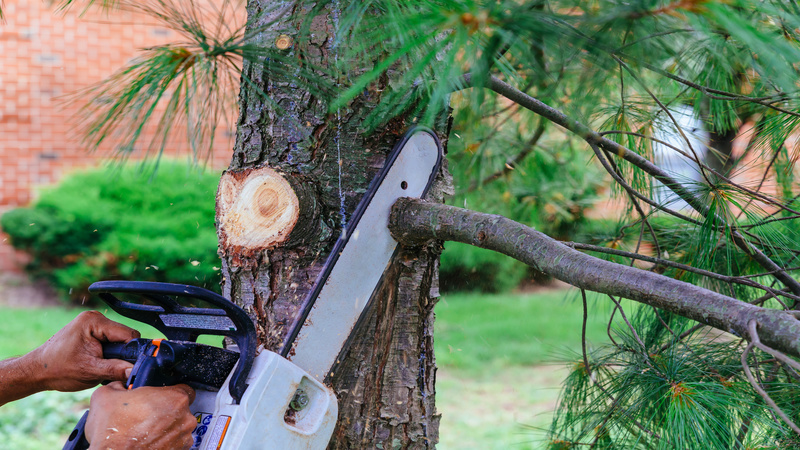Protecting safety and privacy is one of the essential parts of managing a community, whether residential or commercial. Community access control systems make this possible by controlling who can access the community, how, and when. In the process, not only do access control systems make residents and visitors feel secure, but they can also help reduce crime rates at the same time.
Interested in learning more about how these systems work? Here are five key facts about residential access control.
1. They Allow for Customized Access Levels
One feature that makes community access control systems so powerful is the ability to manage permissions. For example, you can set up a system where people in an apartment building have access to their own individual floors, but not other ones. Or, you could add features that allow visitors to enter the property from certain points or during specific times, while denying them access at all other times.
In both cases, this kind of customization is possible by tailoring the access permissions of each individual who uses the access control system. You can also use this feature to create temporary or permanent credentials for visitors, contractors, repair people, and more.
2. They Offer 100% Remote Access
Another great thing about gated community access control software is that it can be accessed remotely. This allows property managers and residents to monitor the system, make changes or updates, and receive alerts for suspicious activity even when they’re not on-site.
This kind of remote monitoring functionality provides a lot of value in terms of convenience. It’s also advantageous because it allows 24/365 monitoring.
3. They Provide Different Access Methods
Community access control systems often include a variety of access methods, including key fobs, smartphone access, proximity cards, and more. Each access method is helpful for different situations. For instance, key fobs are ideal for people who want to physically keep track of their personal access credentials. Meanwhile, smartphones allow other users (like guests) to gain entry with a tap or two on their mobile devices if they don’t have physical cards or key fobs of their own.
4. They Are Not Just for Gated Communities
Community access control systems are often thought to be a solution that’s only needed in gated communities. However, this isn’t necessarily true. Security gate systems for gated communities are just as useful for other properties with multiple tenants or users who need to come and go at different times without giving everyone their access credentials. This includes HOAs, condo buildings, commercial rental properties, student housing, multi-family homes, and more.
5. They’re Different from Visitor Management Systems
Think of a visitor management system as a digital visitor logbook. It essentially functions in the same manner: it records everyone who enters and leaves the property, along with information like their name, the resident they’re visiting, the resident’s address, the purpose of their visit, license plate numbers, and other important data.
In that sense, visitor management systems are front door record-keepers while gated community access control systems are like building managers or security guards who make sure everyone follows all rules and regulations to keep people safe and secure at all times.
Both kinds of solutions can be effective on their own, but are even more powerful together.
Want to learn more about community gate access control systems? We’d love to walk you through our available solutions, along with our brand new offerings like the Visitor ePass Scanning Kiosk. Schedule a demo with our experts here at Proptia today.


